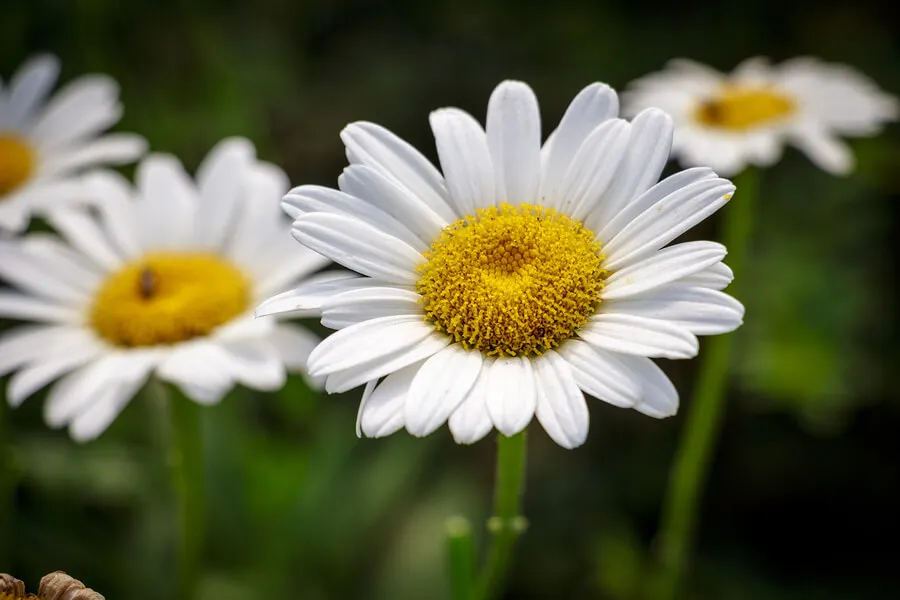How to Make a Bouquet of Flowers at Home: A Step-by-Step Tutorial

Making a bouquet of flowers is useful to decorate rooms in the house, to offer a gift, or simply for fun. Although many people choose to buy the arrangements, with a little creativity, you can create beautiful bouquets just like the ones prepared by a florist.
For the composition of these decorative elements to be harmonious, it’s necessary to think about a color scheme and the type of plants to be integrated. You don’t need a lot of materials or in-depth knowledge of floral art.
Continue reading and take note of a detailed guide for you to design a beautiful bouquet.
Making bouquets at home: A touch of beauty to give as a gift or to decorate
A bouquet is a set or a bunch of natural or artificial flowers. Apart from buds, it also includes foliage and other accessories such as ribbons, paper, and even candies.
Over time, bouquets have changed, admitting the incorporation of pieces that break with the traditional scheme of only gathering flowers. However, typical arrangements do not go out of fashion; in fact, they fall into the vintage category, like so many trends of the past that have come back to the present.
Floral arrangements are a way of speaking without using words or uf expressing feelings that are not strictly romantic and of bringing joy to the places that receive them. That being so, why not learn how to make them?
If you know how to make a bouquet of flowers, you save the money you would spend in a florist’s shop.

What you should consider before making a bouquet at home
Although making a bouquet at home is simple, don’t go straight to action without taking into consideration the following aspects:
- Filling: By filling the bouquet, you give it volume. Flower sticks, eucalyptus, and other leaves are often used.
- Design: This consists of the style you want to give to the bouquet. An arrangement for lovers is quite different from what you would do for a bouquet to decorate the house, for example.
- Shape: This refers to the structure of the stems, as they can be strong or weak. It also includes the resistance of the flowers and their appearance. There’s a big variety, and you should consider it when customizing your bouquet.
- Quantity: This is the number of specimens in a bouquet. Generally, 3 to 5 types of flowers are used, making sure that most of them correspond to a rounded shape and place in the background the vertical ones or those with different molds.
- Colors: The harmony of tones is essential for the bouquet to shine. If you go for the traditional cut, the colors of the same range balance the arrangement. You can also take risks with combinations.
A tip from AD Magazine is to match the color of the flowers to the occasion. For example, red for love, white for purity, and yellow is a symbol of joy. Other meanings can be explored in the Glossary of flowers.
Take a look at this article: 9 Tricks to Preserve Cut Flowers for a Longer Time
A step by step guide: Here’s how to make a bouquet of flowers at home
Now let’s get down to work. Get the materials that we will indicate next and follow this step-by-step guide to make a bouquet of flowers at home.
You will need the following
- Ribbon
- Wooden paper
- Jute string
- Pruning scissors
- Foliage, including branches and leaves
- 10 to 20 flowers, including daisies, calla lilies, carnations, and babies breath
1. Clean the flowers
Once you select the flowers for your bouquet, proceed to clean them. In this step, you remove the wilted leaves and the lower part of the stem.
When using roses, don’t forget to remove the thorns! The key is to handle them without getting hurt.
Also, when you sanitize flowers, you prevent microbial activity that shortens their vase life, as bacterial organisms clog the stems and make it difficult for water to enter them, as explained by the Texas State Florist Association.
2. Arrange the pieces
Arrange the flowers horizontally on a table surface to check the height and detect which are hard or soft-stemmed. They should all measure the same, so cut them for this purpose.
As you do so, let them rest in a container of water. Also, take advantage of this inspection to place the largest flower and make it the focus of the arrangement.
3. Start assembling
The first flowers in the bouquet are those with hard stems, such as daisies. As you bring the specimens together, incorporate pieces of filler.
Then, take 5 flowers to create the outline, forming low layers in a circle. Rotate what you’re carrying as a bouquet when you add pieces, to simplify assembly. The technique is to position the flowers facing you and let the stem point outward.

4. Integrate the soft stems
After the first round and with a configuration in sight, add the soft-stemmed flowers that will play the role of the background. Intersperse the chosen species with the ones you defined as the main ones.
5. Fill the bouquet in
Use the bridal veil to fill in and give dynamism to the creation. Complement with eucalyptus or other similar leaves, according to your taste. Take advantage of the green to highlight the naturalness of the bouquet.
6. Tie the bouquet
Tie the lower part of the flowers with the jute string. Once the bouquet is assembled and tied, check that the stems are flush; if not, cut the excess. Similarly, offer the finishing touches to personalize your bouquet.
7. Wrap or place the bouquet in a vase
Finally, take the sheet of wood paper and cut it at least 40 centimeters. Wrap the bouquet and fasten it with the ribbon. In case you do not want to paper, because the bouquet is for a vase, fill the container with fresh water and insert the flowers.
We think you may also like to read: Five Fragrant Flowers for a Small Garden
Which flowers to choose to make a bouquet at home
A recommendation to create bouquets at home is to use the species you have in your garden. It’s assumed that you plant what you like and provide the necessary care, so you know beforehand that those chosen for the bouquet are in good condition.
Seasonal flowers are also a good alternative since they’re cheaper because they’re in full bloom. In any case, always select specimens that look young and correspond to your tastes.
After all this tutorial, are you excited about putting together your first bouquet?
All cited sources were thoroughly reviewed by our team to ensure their quality, reliability, currency, and validity. The bibliography of this article was considered reliable and of academic or scientific accuracy.
- Johnson James. Cuidado y manejo del corte de flores y follaje. Asociación de Floristas del Estado de Texas. Estados Unidos; 2013. https://www.tsfa.org/originals/objects/Care_and_handling_no_exam_7-13.pdf
- Ochoa A. Conoce el significado de las flores según su color, ¿cuál es tu favorita? AD Magazine. México; 2021. https://www.admagazine.com/estilo-de-vida/el-significado-de-las-flores-segun-su-color-20210405-8352-articulos
- Ramo. Real Academia Española. https://dle.rae.es/ramo
- Significado de las flores. Glosario de flores. https://www.flowerglossary.com/meaning-of-flowers/
This text is provided for informational purposes only and does not replace consultation with a professional. If in doubt, consult your specialist.








